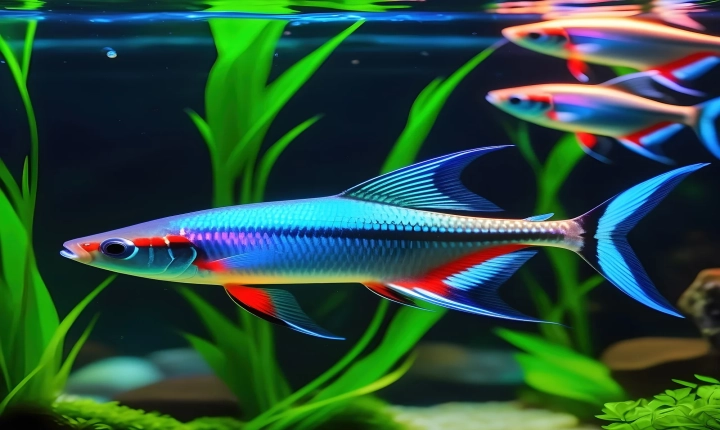Title: How to Create Realistic AI Images: A Step-by-Step Guide
Introduction
The advancement of artificial intelligence (AI) and machine learning has brought about a revolution in the field of image generation. With the help of AI, it is now possible to produce highly realistic images that can be indistinguishable from those captured by a camera. This technology has applications in various fields such as computer graphics, virtual reality, and photography. In this article, we will explore the process of creating realistic AI images through a step-by-step guide.
Step 1: Data Collection
The first step in creating realistic AI images is to collect a large dataset of high-quality images. This dataset will serve as the foundation for training the AI model to generate realistic images. The images should capture a diverse range of scenes, objects, and textures to ensure that the AI system learns to generate a wide variety of images.
Step 2: Preprocessing
Once the dataset is collected, it needs to be preprocessed to remove any irrelevant or low-quality images. Additionally, the images may need to be resized, cropped, or enhanced to ensure that they are uniform and optimized for training.
Step 3: Training the AI Model
The next step involves training an AI model using the preprocessed dataset. This typically involves using a deep learning framework such as TensorFlow or PyTorch to build and train a convolutional neural network (CNN) model. The training process involves feeding the AI model with the images from the dataset and adjusting its parameters to minimize the difference between the generated and real images.
Step 4: Fine-tuning and Optimization
After the initial training, the AI model may need to be fine-tuned and optimized to improve the quality of the generated images. This process involves adjusting various parameters of the model, such as the learning rate, batch size, and network architecture, to achieve the desired level of realism.
Step 5: Validation and Testing
Once the AI model is trained and optimized, it needs to be validated and tested using a separate set of images that were not included in the training dataset. This process helps to assess the generalization ability of the model and ensure that it can produce realistic images across different scenarios.
Step 6: Post-Processing
After generating images using the trained AI model, post-processing techniques such as color correction, noise reduction, and image enhancement can be applied to further enhance the realism of the images.
Step 7: Application and Deployment
The final step involves applying the trained AI model to generate realistic images for various applications such as digital art, gaming, virtual reality, and visual effects. Additionally, the model can be deployed as part of a software solution to enable real-time image generation.
Conclusion
Creating realistic AI images involves a series of steps, from data collection and preprocessing to model training, validation, and application. The advancements in AI and machine learning have made it possible to produce highly realistic images, opening up new possibilities in fields such as art, design, and entertainment. With the right approach and tools, it is now easier than ever to create AI-generated images that are virtually indistinguishable from real photographs.
